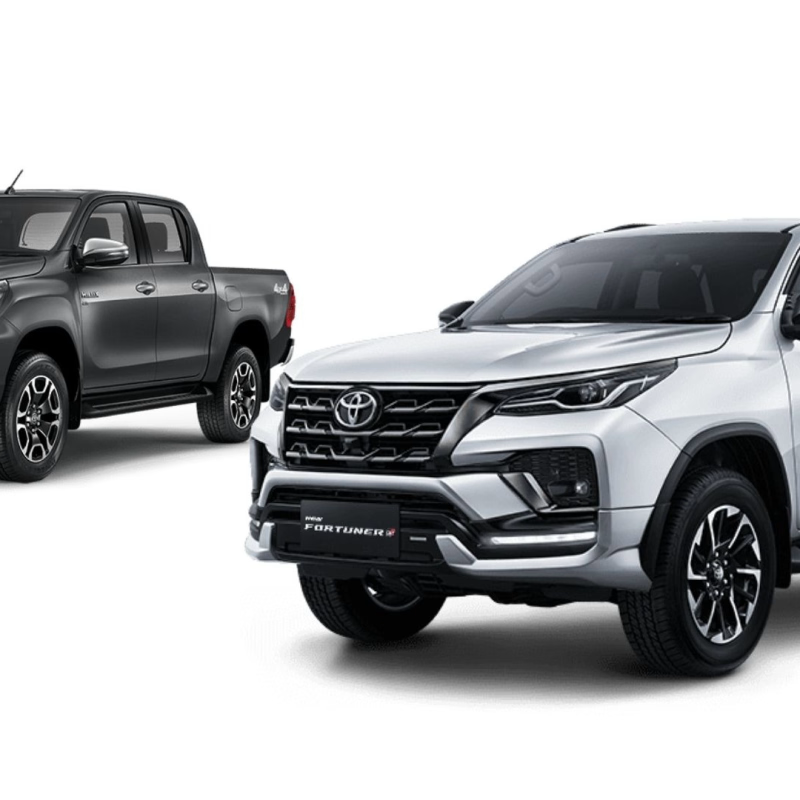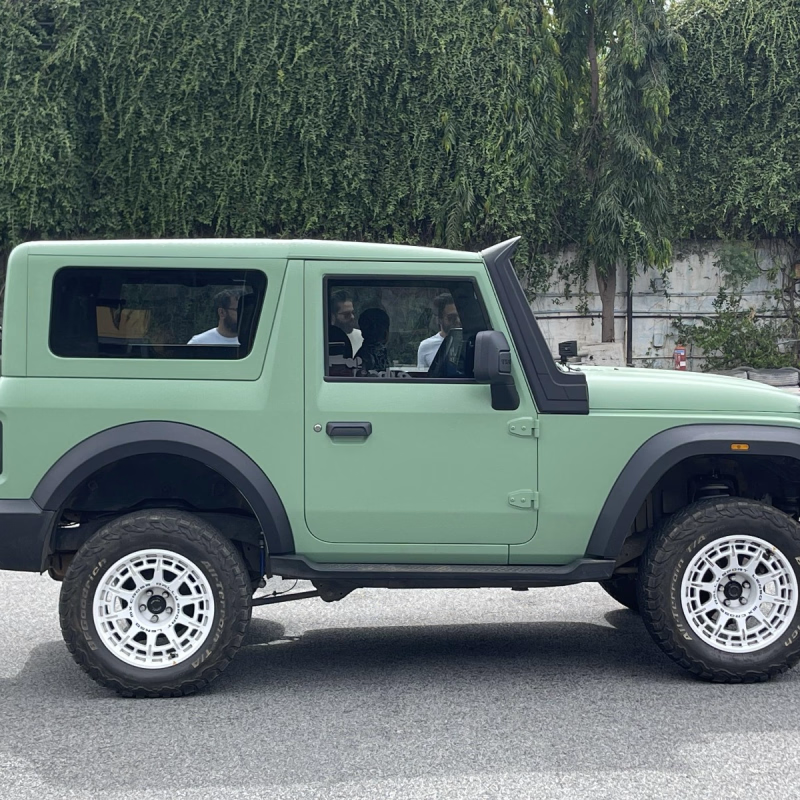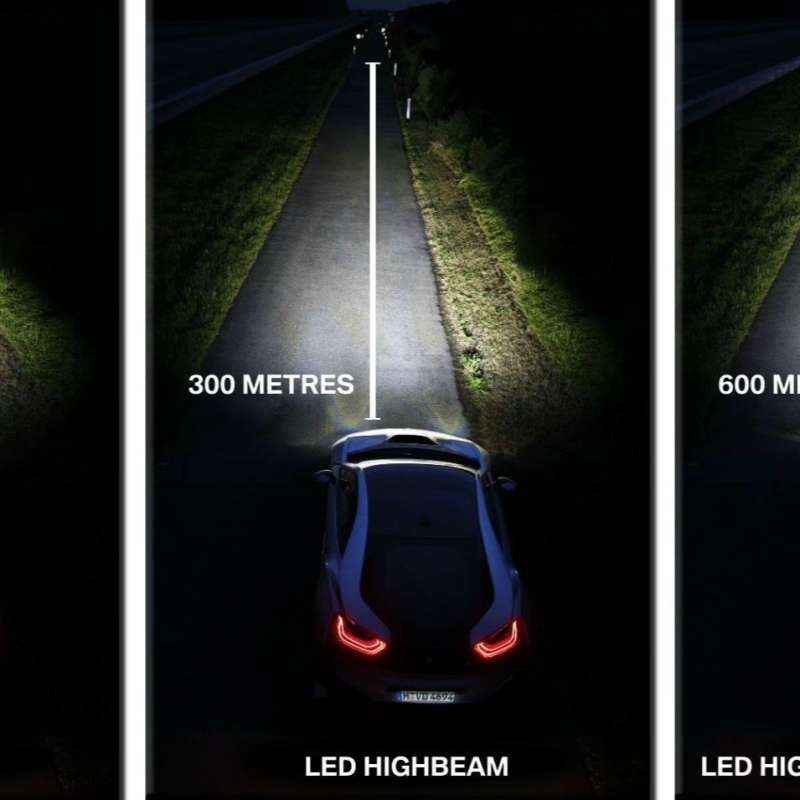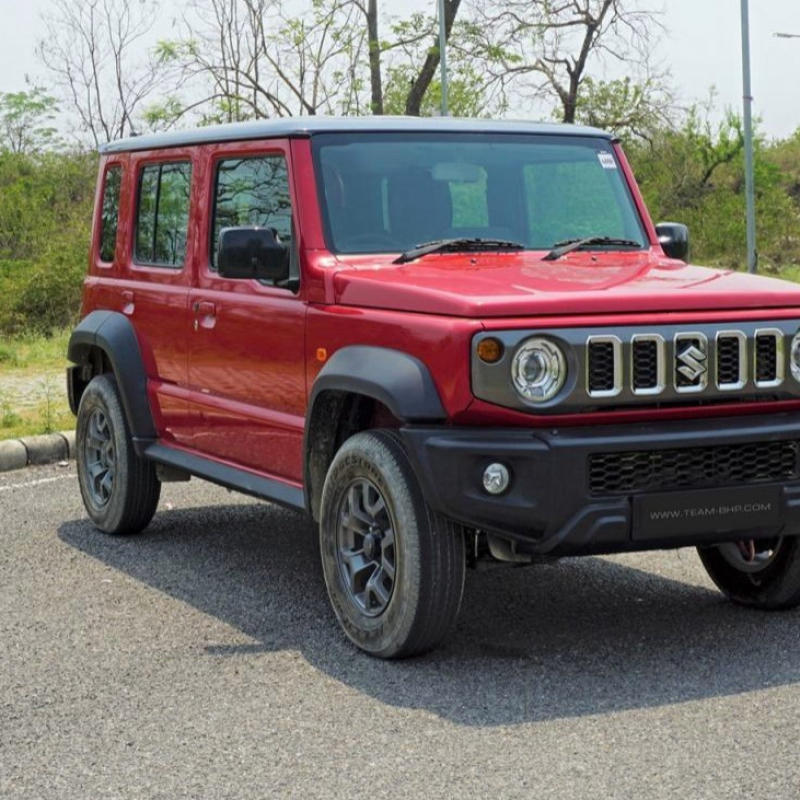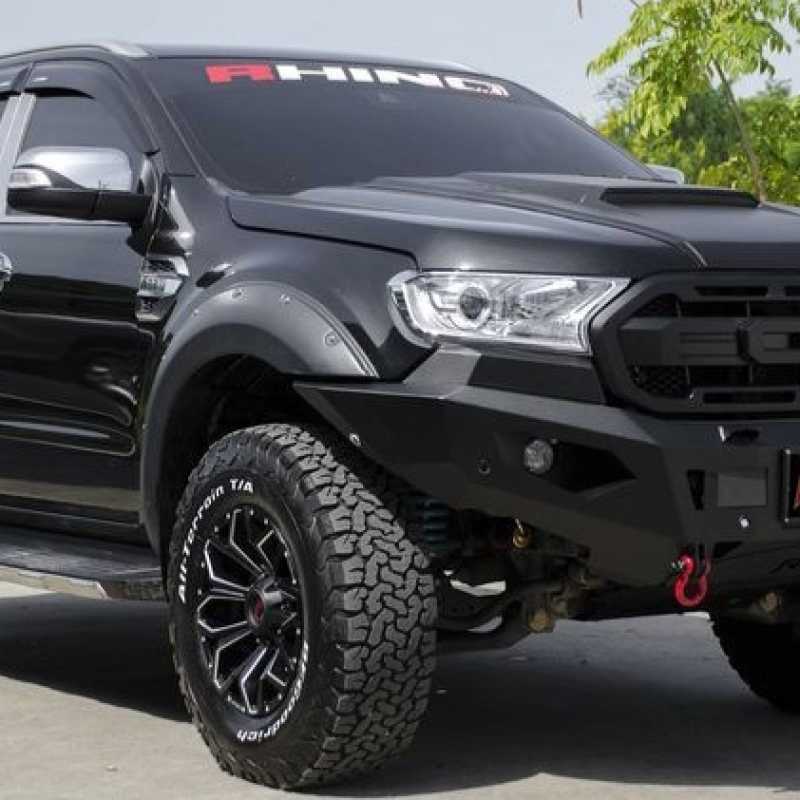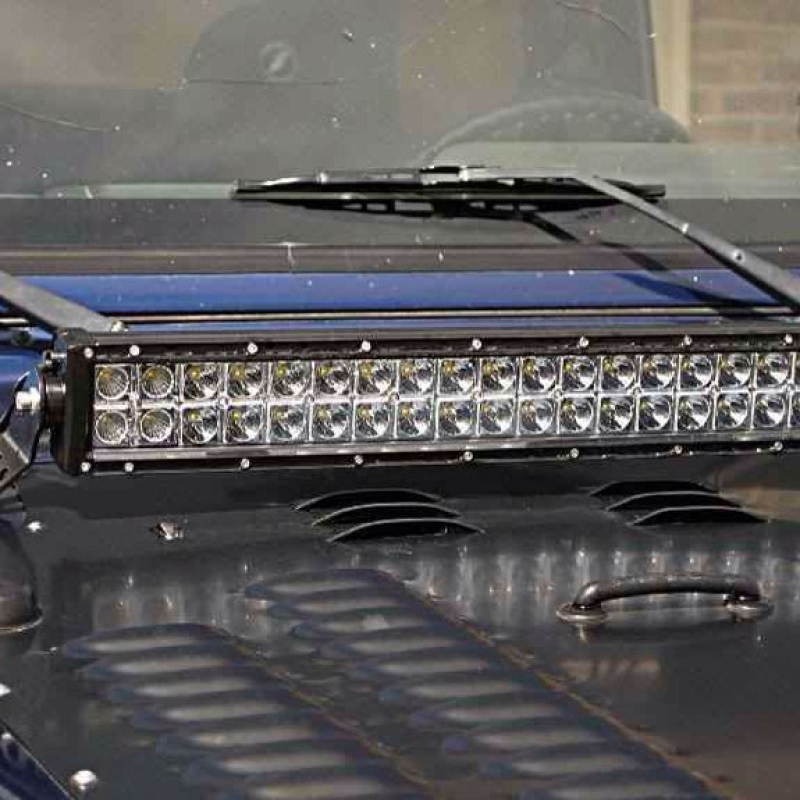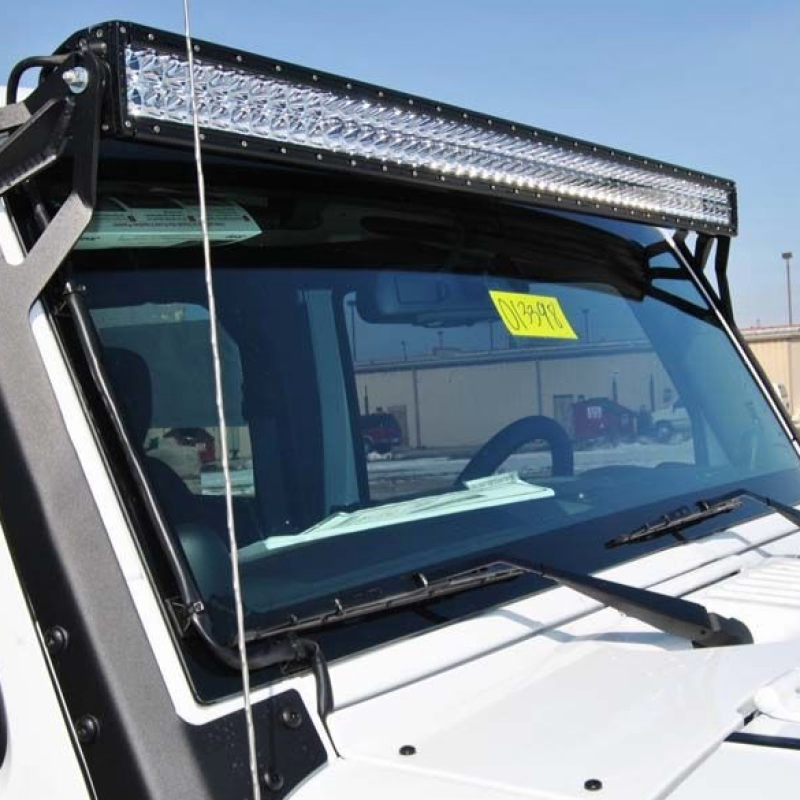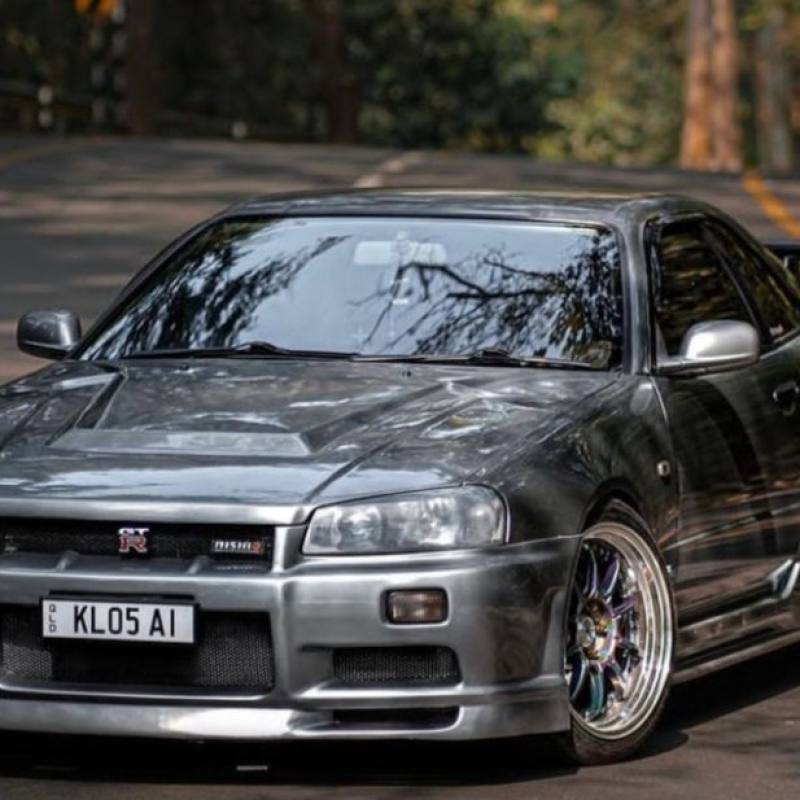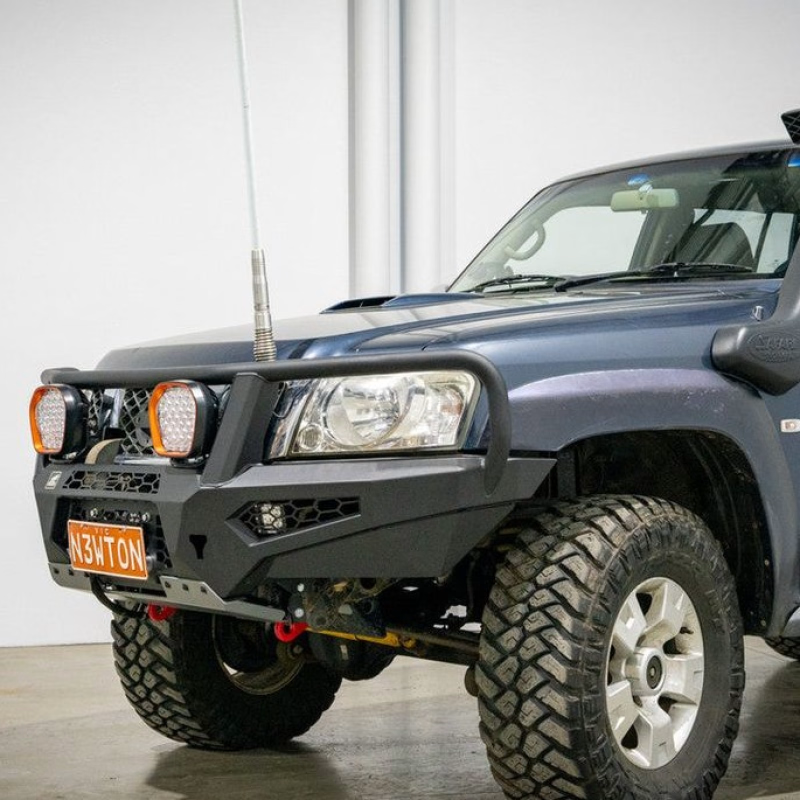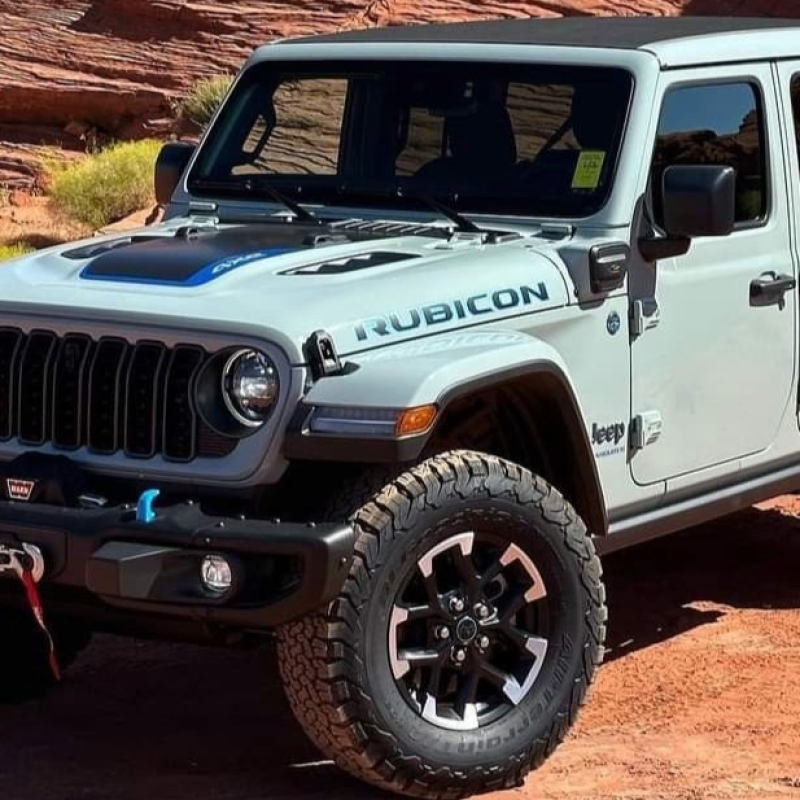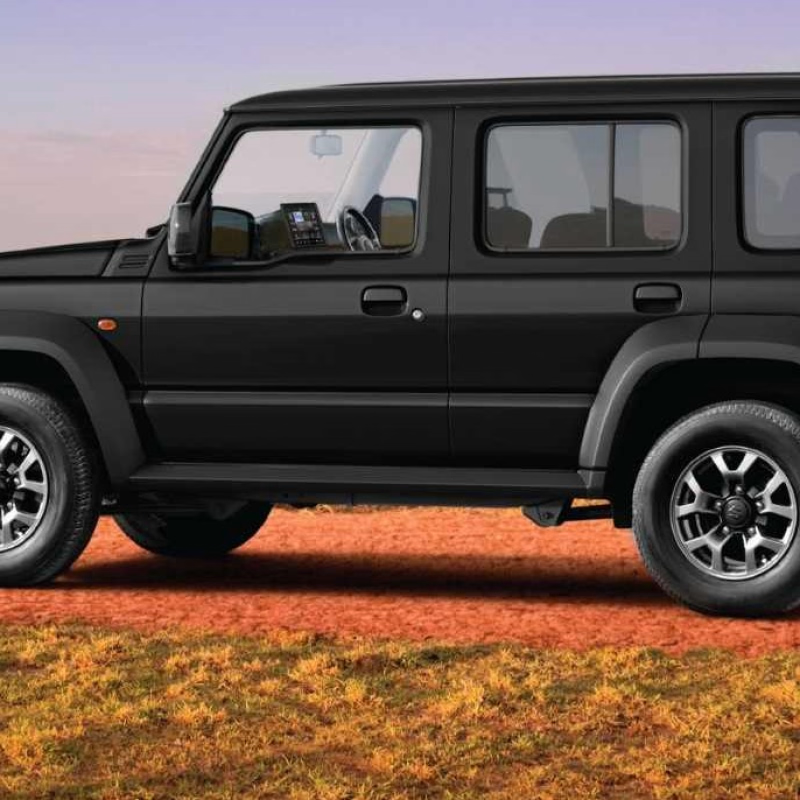How to Improve Your Suzuki Jimny Suspension for Better Performance and Comfort?
Published by TorqueBear on May 24, 2025
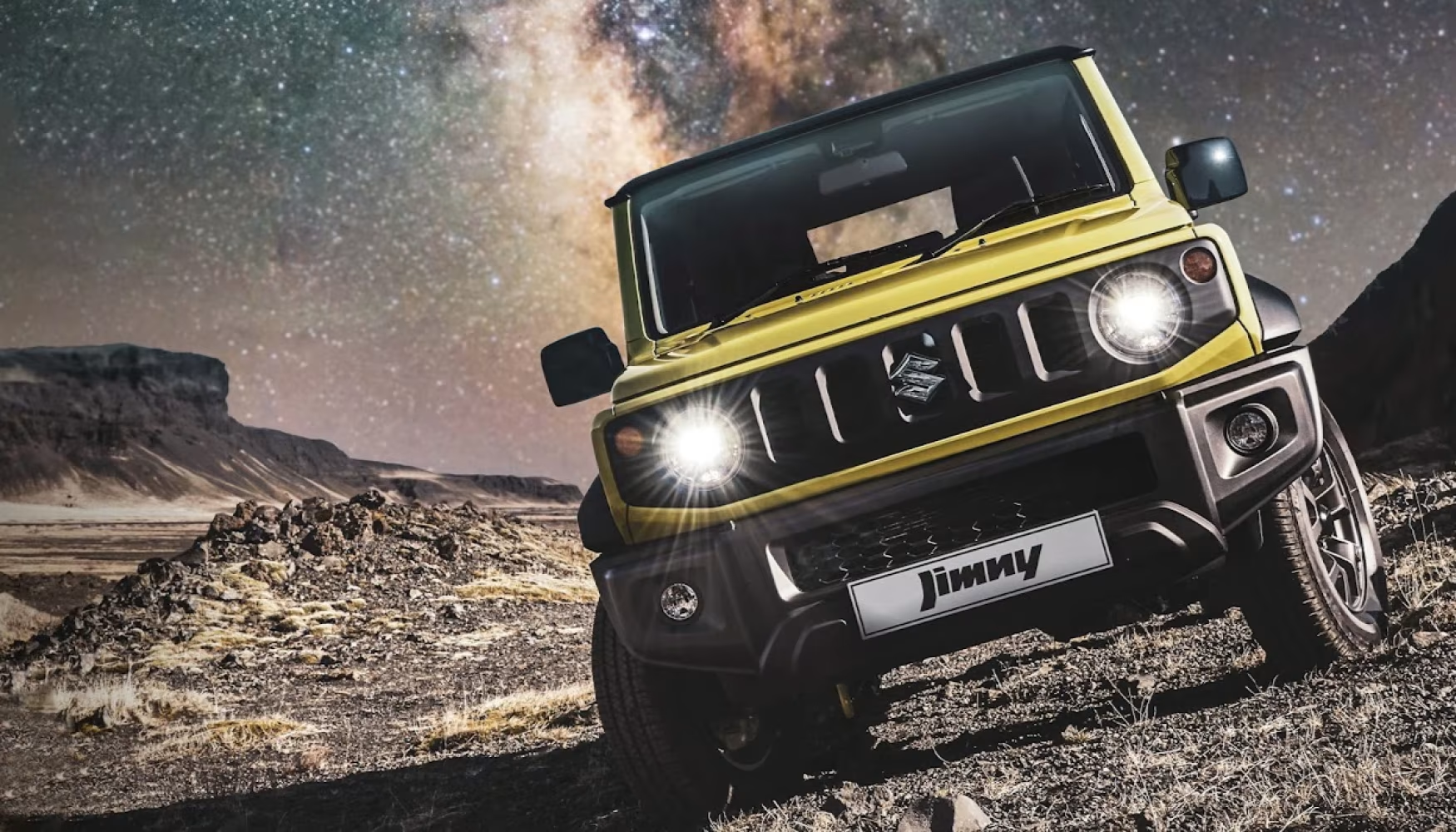
The Suzuki Jimny is a compact, capable 4x4 that has gained popularity among off-road enthusiasts and city drivers alike. While its stock suspension setup is adequate for light trails and daily driving, many owners seek to improve the suspension system for enhanced off-road performance, comfort, or ground clearance.
Whether you're planning weekend trail rides, overlanding adventures, or just want a smoother ride on rough roads, upgrading your Jimny’s suspension can make a big difference. In this blog, we’ll walk through various ways to improve your Jimny's suspension, from simple bolt-on upgrades to more advanced modifications.
Why Upgrade Your Jimny Suspension?
Before diving into specific upgrades, it's important to understand why you might want to modify your Jimny’s suspension:
- Increased Ground Clearance : Lift kits raise the vehicle for better approach/departure angles and obstacle clearance.
- Improved Ride Quality : Stock shocks and springs may feel stiff or uncomfortable on long drives.
- Better Off-Road Capability : Upgraded suspension allows for larger tires and improved articulation.
- Load-Carrying Capacity : For those using their Jimny for camping or hauling gear.
- Aesthetic Appeal : A lifted Jimny with aggressive tires looks more rugged and adventurous.
1. Install a Lift Kit
Lift kits are one of the most popular ways to upgrade the Jimny’s suspension. They come in different types and lift heights:
Types of Lift Kits:
- Body Lift : Raises only the body of the vehicle without affecting the suspension. Limited lift (usually 1–2 inches) and does not allow for larger tires.
- Suspension Lift : Modifies the actual suspension system, allowing for more travel, articulation, and tire size increases.
Recommended Lift Heights:
- 1.5” – 2” Lift : Ideal for mild off-roading and fitting up to 215/75R15 or 205/80R15 tires.
- 3” – 4” Lift : More aggressive setups, suitable for serious off-roading and larger tires (e.g., 235/75R15).
Tip: Always check local regulations before installing a lift — some regions have legal limits on lift height.
2. Upgrade the Shocks
Factory shocks are designed for cost and comfort, not durability or performance. Upgrading to high-quality shocks will significantly improve both on- and off-road handling.
Popular Shock Options:
- Monotube Shocks : Better heat dissipation and responsiveness (e.g., Bilstein, Fox, King)
- Twin-Tube Shocks : Cost-effective and offer improved damping over OEM (e.g., Rancho, Old Man Emu)
Consider Adjustable Damping : If you plan to drive in varied conditions, adjustable shocks let you fine-tune your ride quality.
3. Replace or Reinforce Springs
Springs play a critical role in ride quality and load capacity. Depending on your goals, you can choose between:
- Progressive Rate Springs : Softer initial response for comfort, stiffer under compression for load support.
- Linear Rate Springs : Consistent stiffness throughout travel; great for off-roading.
- Heavy-Duty Springs : Designed for carrying extra weight from roof racks, winches, or camping gear.
If you’ve installed a lift kit, ensure you use matching spring rates to maintain proper geometry and alignment.
4. Add a Skid Plate and Underbody Protection
While not directly part of the suspension, skid plates protect vital components like the oil pan, transmission, and differential — especially important when increasing ground clearance.
- Aluminum or Steel Skid Plates : Choose based on terrain and budget.
- Full Frame Armor : Offers maximum protection but adds weight.
5. Fit Larger Tires
One of the main reasons for lifting a Jimny is to fit larger tires, which improves traction, obstacle clearance, and ride comfort.
Recommended Tire Sizes:
- Stock Suspension : 205/70R15 or 195/80R15
- With 2" Lift : 215/75R15 or 205/80R15
- With 3–4" Lift : 235/75R15 or even 255/70R15 (with fender trimming)
Note: Ensure your wheels have the correct offset to avoid rubbing issues.
6. Upgrade Bushings and Control Arms
Over time, factory bushings wear out, leading to sloppy handling and increased NVH (noise, vibration, harshness). Upgrading to polyurethane bushings improves rigidity and longevity.
- Polyurethane Bushings : Stiffer than OEM rubber, offering better feedback and less flex.
- Adjustable Control Arms : Help maintain proper caster and pinion angles after lifting the vehicle.
7. Consider a Custom Long Travel Setup
For hardcore off-roaders, custom long-travel suspension systems provide superior articulation and wheel travel. These setups often include:
- Extended control arms
- Relocated shock mounts
- Custom coilovers
- Panhard bar relocation brackets
This is a major investment and typically reserved for competition or extreme trail rigs.
8. Regular Maintenance and Tuning
Even the best suspension system needs regular maintenance:
- Check shocks for leaks
- Grease bushings and joints
- Inspect springs for sagging or cracks
- Rebound and compression tuning (for coilovers)
Final Thoughts
Upgrading your Jimny’s suspension opens up new possibilities for adventure and enhances everyday driving. Whether you're looking for a modest improvement in ride comfort or a full-blown off-road beast, there’s a suspension solution to suit your style and budget.
Start with small upgrades like shocks and bushings, then progress to a lift and larger tires as your needs evolve. Don’t forget to keep your Jimny street-legal and safe by maintaining proper alignment and checking local laws.
Happy trails and smooth rides!

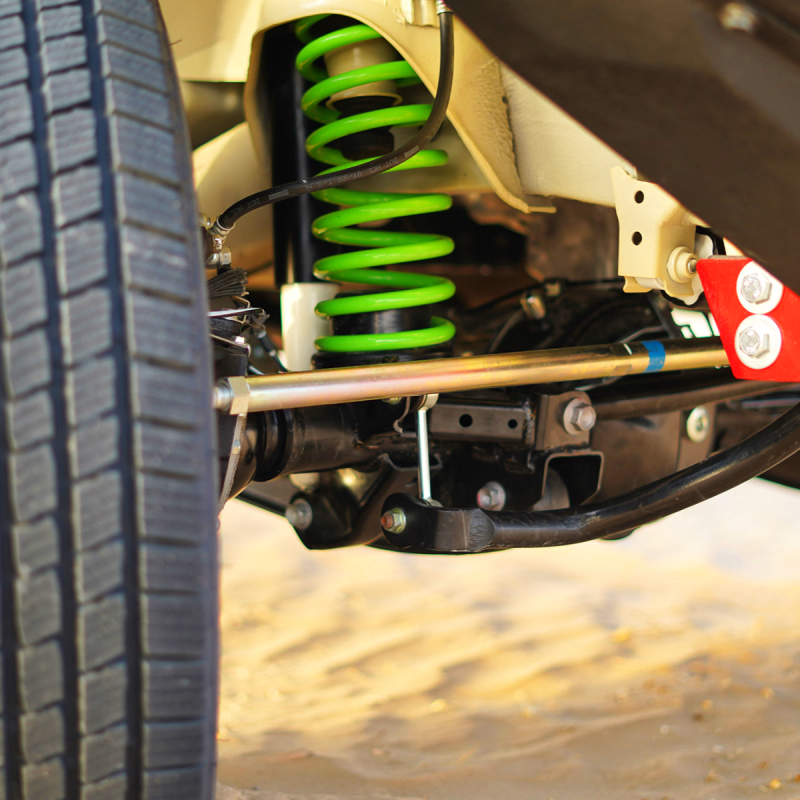
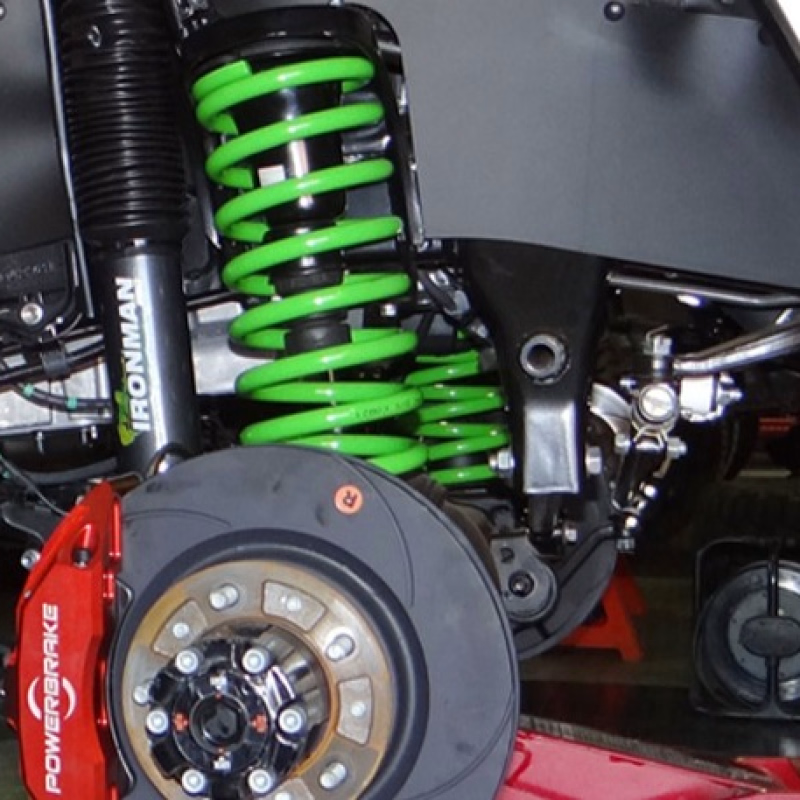
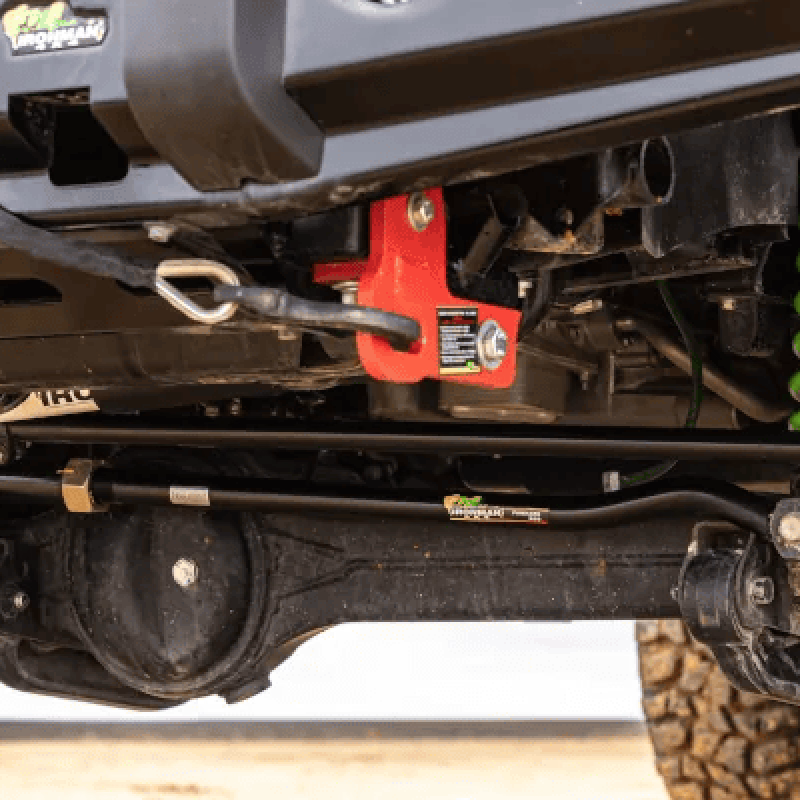
 (5).jpg)
